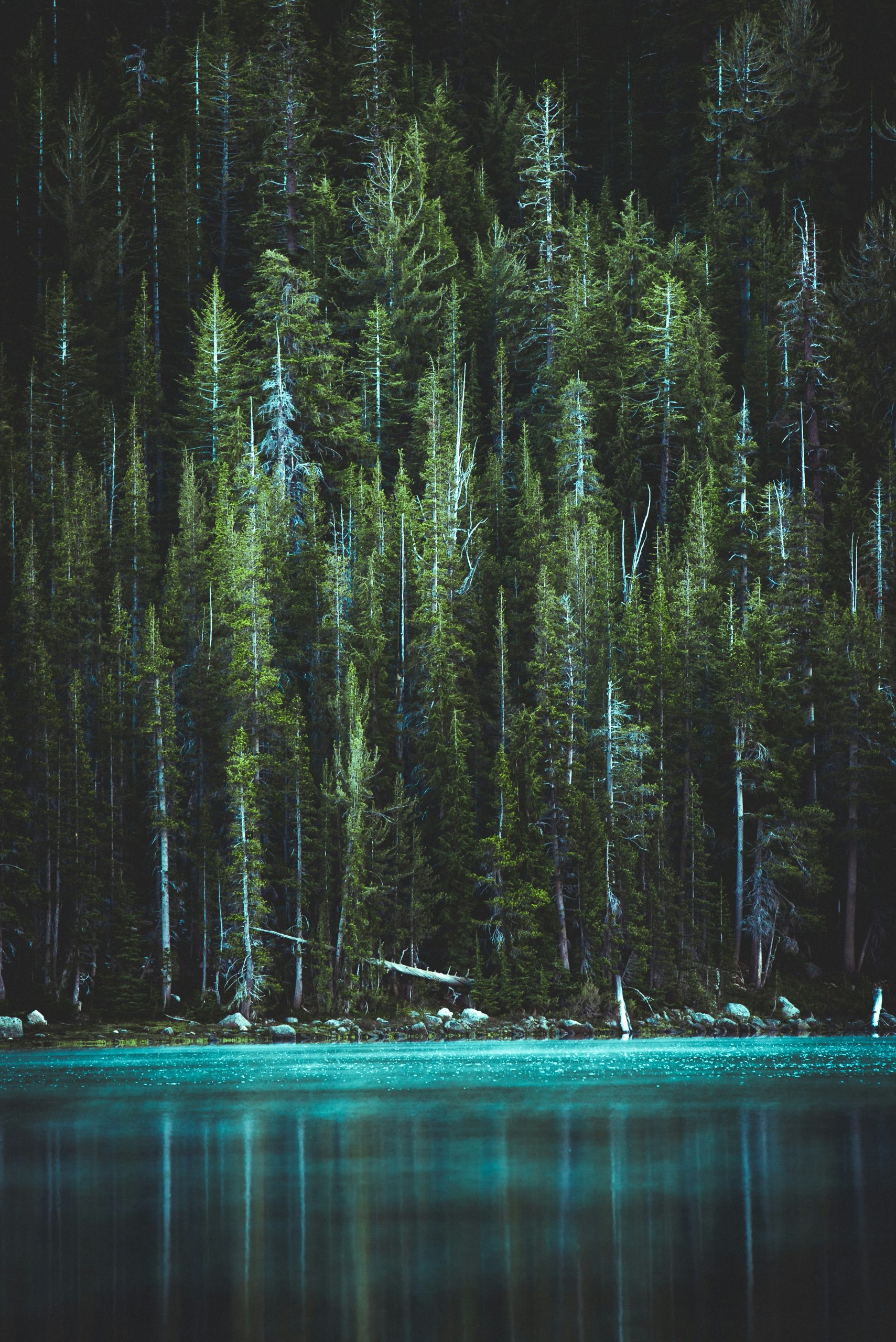
How to fish the Catawba River in North Carolina
- Share
- Share
- Share
- Share
How to fish the Catawba River in North Carolina
Fishing the Catawba River in North Carolina offers a range of opportunities due to its diverse habitats and fish species. Here’s a comprehensive guide to help you make the most of your fishing experience on this river:
- Understand the River’s Layout
- Sections: The Catawba River flows from the mountains near Lake James to its confluence with the Wateree River in South Carolina. The river varies from fast-flowing mountain streams to slower, more sedate sections downstream.
- Current and Structure: Pay attention to the river’s flow, which can vary from section to section. Look for riffles, pools, eddies, and deeper holes where fish may be congregated.
- Key Fish Species
- Smallmouth Bass
- Habitat: Rocky, faster-flowing sections, particularly in the Upper Catawba.
- Best Times: Spring and fall, but they can be caught year-round.
- Techniques: Use crankbaits, soft plastics, and spinnerbaits. Target areas with rocky outcrops and current breaks.
- Largemouth Bass
- Habitat: Slower-moving sections, backwaters, and areas with submerged structures like logs and vegetation.
- Best Times: Spring through fall.
- Techniques: Soft plastics, crankbaits, spinnerbaits, and jigs. Focus on structures and vegetation.
- Catfish (Channel and Flathead)
- Habitat: Deeper, slower-moving sections and around submerged structures.
- Best Times: Spring through summer, particularly in warmer months.
- Techniques: Bottom fishing with cut bait, chicken liver, or stink baits.
- Trout
- Habitat: Cooler, upstream sections of the river, particularly near mountain areas and spring-fed tributaries.
- Best Times: Spring and fall.
- Techniques: Fly fishing is popular, but you can also use small spinners and bait like worms or minnows.
- Crappie
- Habitat: Deeper pools and areas with submerged structures.
- Best Times: Spring (during spawning) and fall.
- Techniques: Use small jigs, minnows, or crappie-specific lures. Focus on submerged structures and deeper water.
- Fishing Techniques
- Casting: For bass, cast near structures like logs, rocks, and vegetation. Use a steady retrieve with occasional pauses.
- Bottom Fishing: For catfish, use a bottom rig with weights to keep your bait near the riverbed. Be sure to check for bites regularly.
- Fly Fishing: Effective for trout in cooler, upstream sections. Use nymphs, dry flies, or streamers depending on the conditions.
- Trolling: Useful for covering more water and finding active fish, particularly in larger sections of the river.
- Optimal Times to Fish
- Morning and Evening: Many fish species are more active early in the morning and late in the evening.
- Seasonal Patterns: Spring and fall generally offer the best fishing conditions due to fish activity related to spawning and temperature changes.
- Gear and Tackle
- Rods and Reels: Use medium to heavy rods for bass and catfish. Light to medium rods are suitable for trout.
- Lines: A 6-12 lb test line works well for bass. For catfish, use a 20-30 lb test line. Use lighter lines (4-6 lb test) for trout fishing.
- Hooks and Baits: Use appropriate bait and lures based on the species. For bass, try soft plastics, crankbaits, and jigs. For catfish, use cut bait, chicken liver, or stink baits. For trout, use small spinners or fly patterns.
- Location and Structure
- Find Structure: Look for areas with underwater rocks, fallen trees, and vegetation. Fish often gather around these structures.
- Current Breaks: Fish are often found in areas with breaks in the current where they can rest and ambush prey.
- Weather and Water Conditions
- Water Temperature: Fish activity is influenced by water temperature. Adjust your tactics based on the water temperature and preferred range of the species you are targeting.
- Weather Conditions: Fish are often more active before a storm or during cooler periods. Changes in barometric pressure can also affect fish behavior.
- Safety and Regulations
- Fishing Licenses: Ensure you have a valid North Carolina fishing license.
- Regulations: Be aware of size and bag limits for different species. Regulations can vary by region and species, so check the North Carolina Wildlife Resources Commission’s website for current information.
- Safety Gear: Wear a life jacket if you’re on a boat. Also, bring plenty of water, sun protection, and a first aid kit.
- Local Knowledge and Resources
- Tackle Shops: Visit local tackle shops for up-to-date information on fishing conditions and tips specific to the Catawba River.
- Guides: Consider hiring a local fishing guide if you’re unfamiliar with the river. They can offer valuable insights and increase your chances of success.
- Ethical Fishing Practices
- Catch and Release: Handle fish gently and release them quickly to minimize stress and injury, especially if you’re not keeping them for consumption.
- Respect the Environment: Follow the Leave No Trace principles, clean up after yourself, and avoid disturbing wildlife and natural habitats.
By understanding the river’s dynamics, using the right gear and techniques, and following local regulations, you can enhance your fishing experience on the Catawba River. Enjoy your time on the water!
Top of Form
Bottom of Form
For more fishing tips and advice and to find the very best fishing guides in America visit us at www.usfishingguides.com. At USFG we bring only the very best guides in the United States together under one roof to ensure you have the most amazing experience possible. Learn More Today!
Check us our page on Facebook, at US Fishing Guides
We also created a group to share tips and advice at Fishing US
How to fish the Catawba River in North Carolina

We write rarely, but only the best content.
Please check your email for a confirmation email.
Only once you've confirmed your email will you be subscribed to our newsletter.



